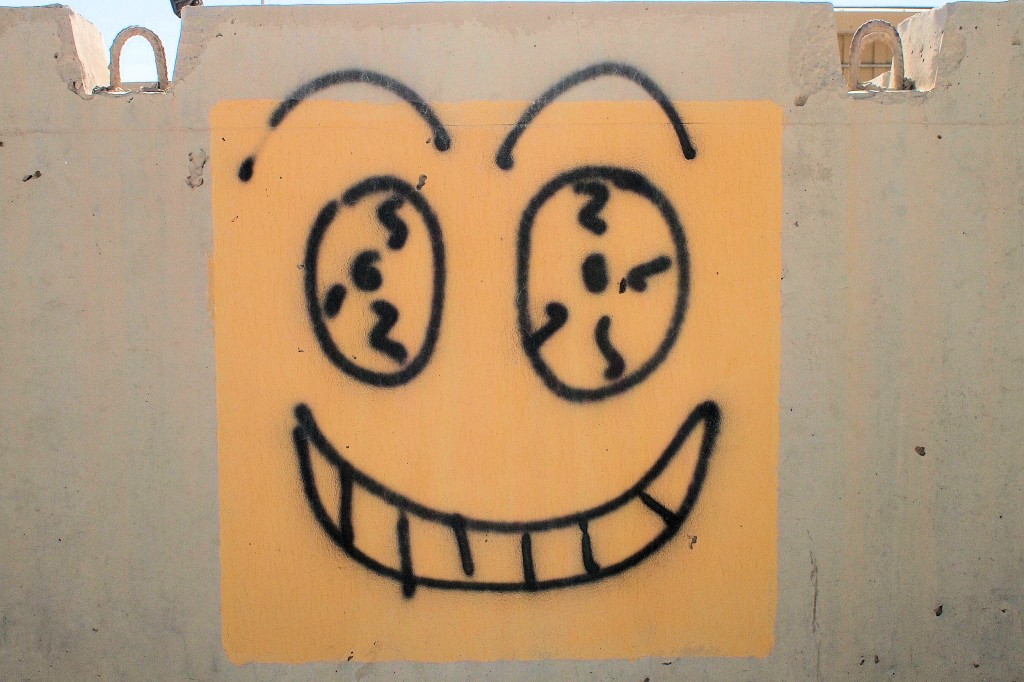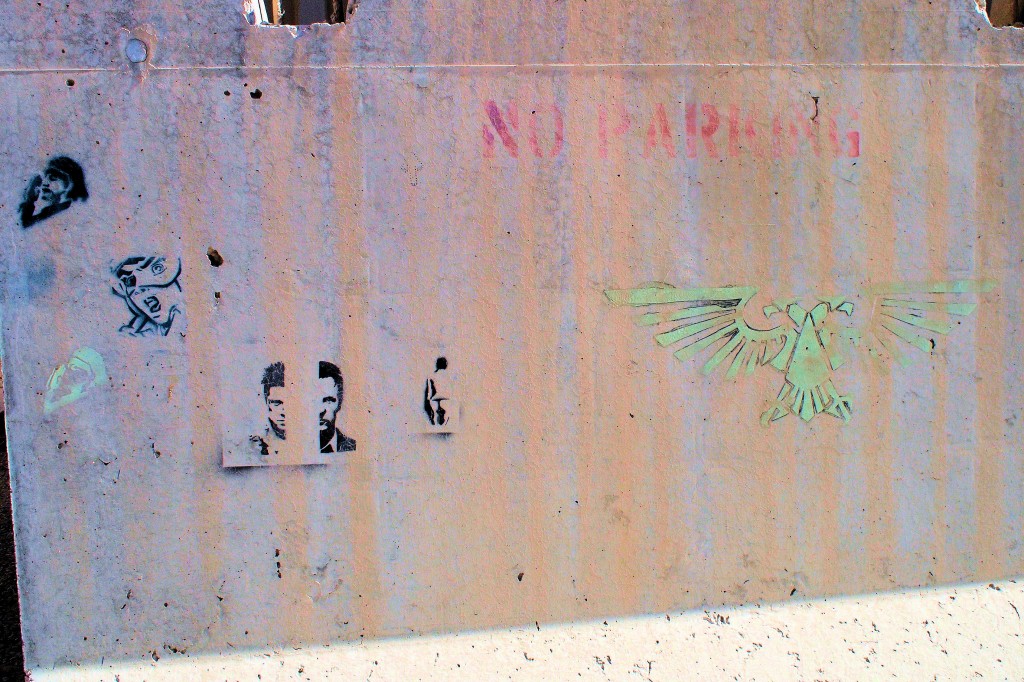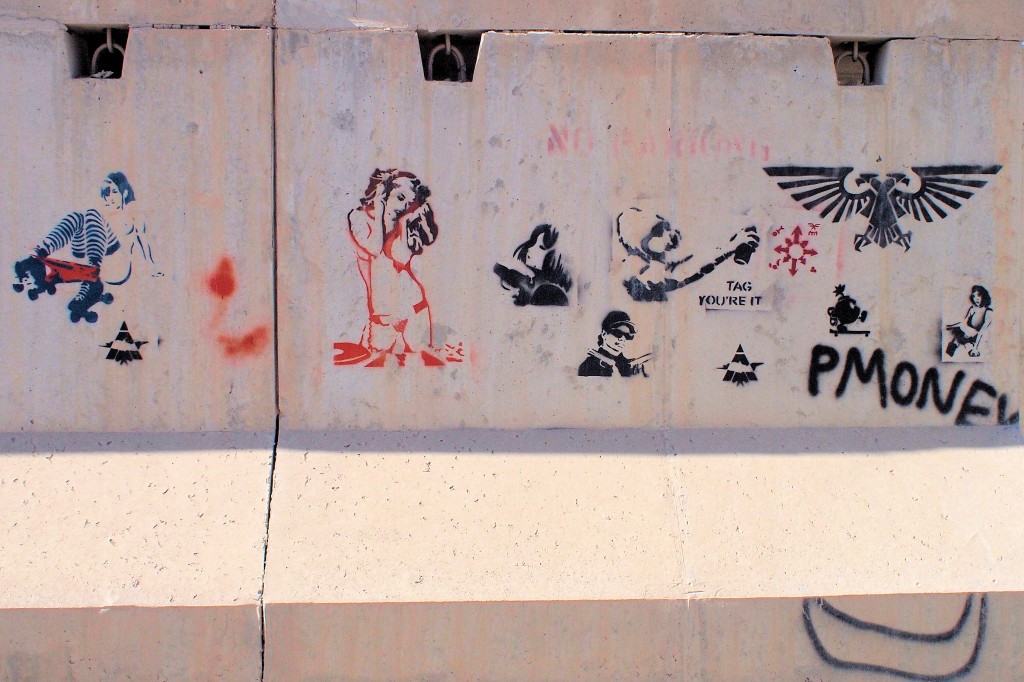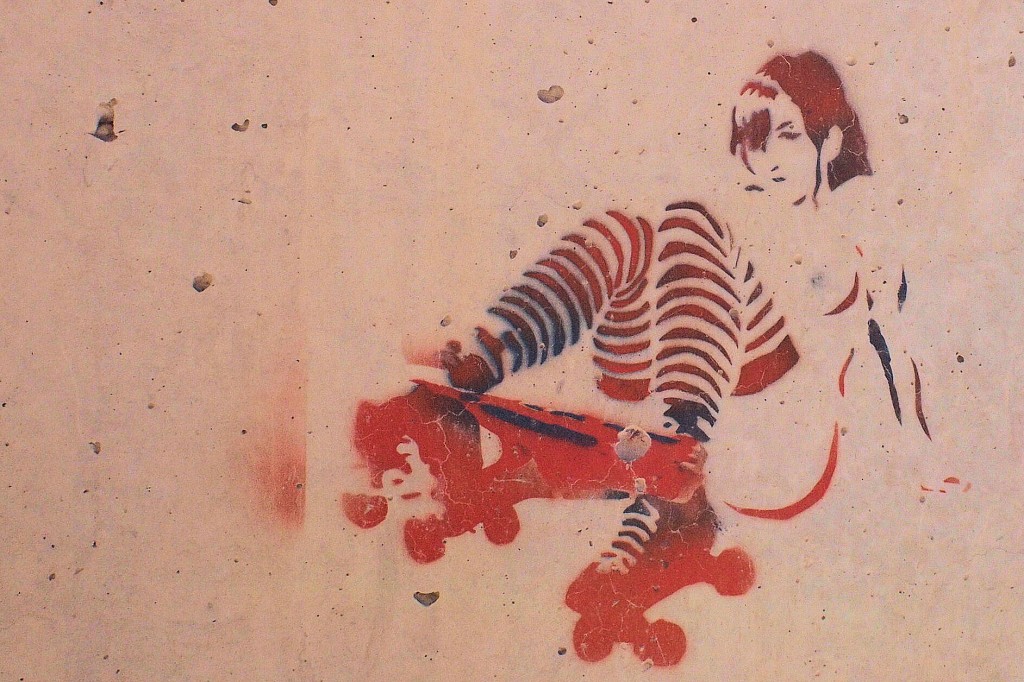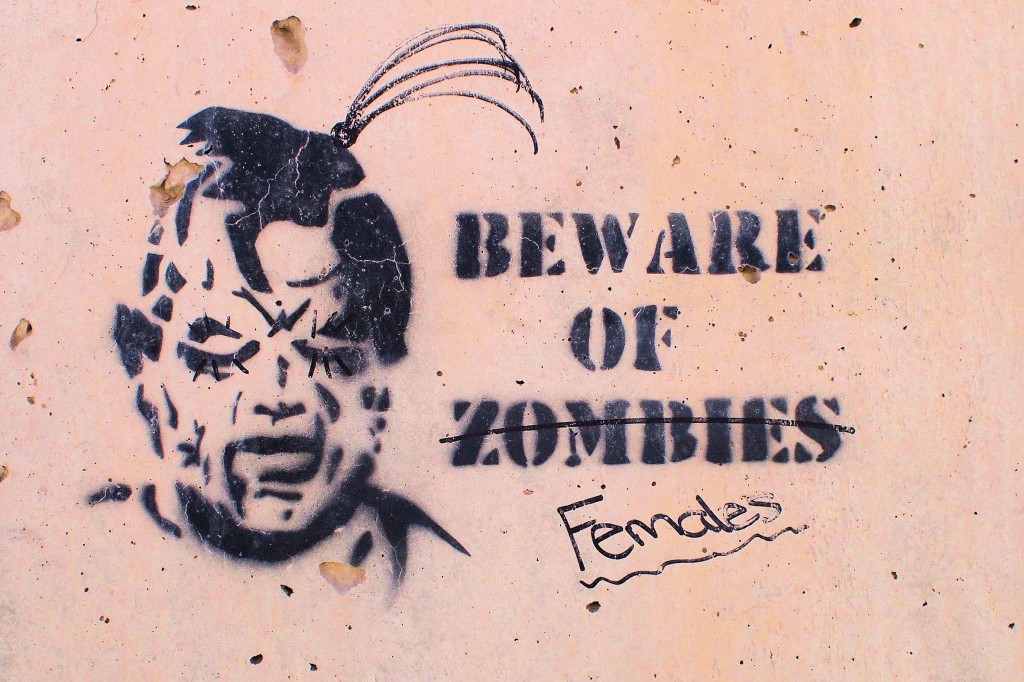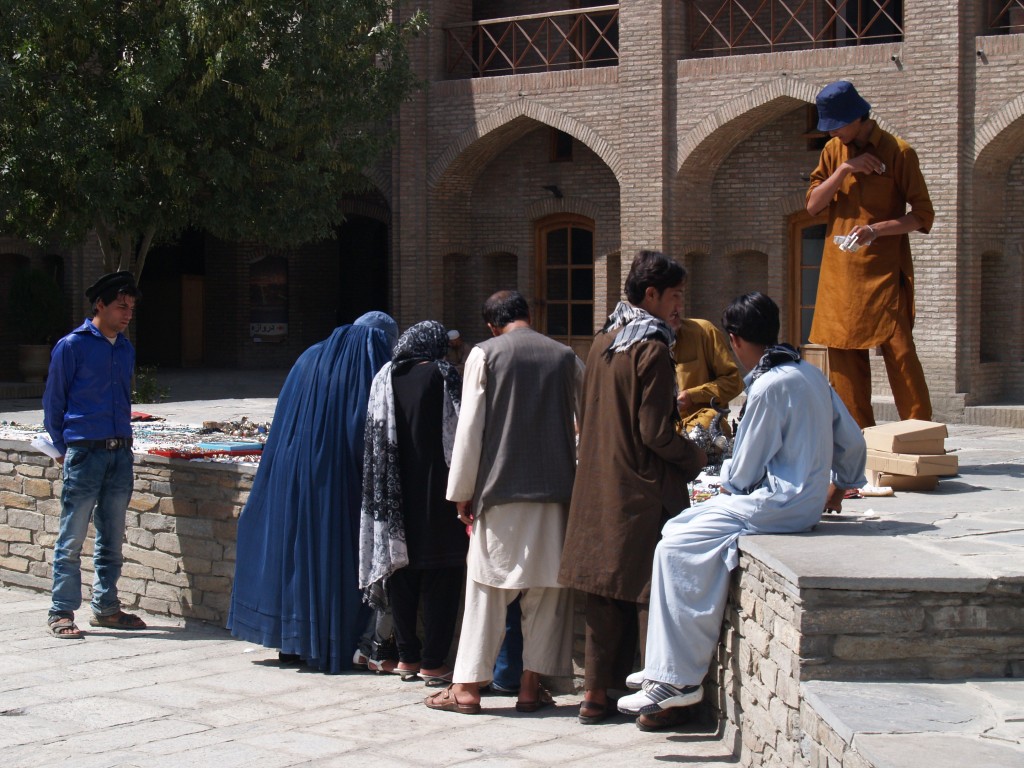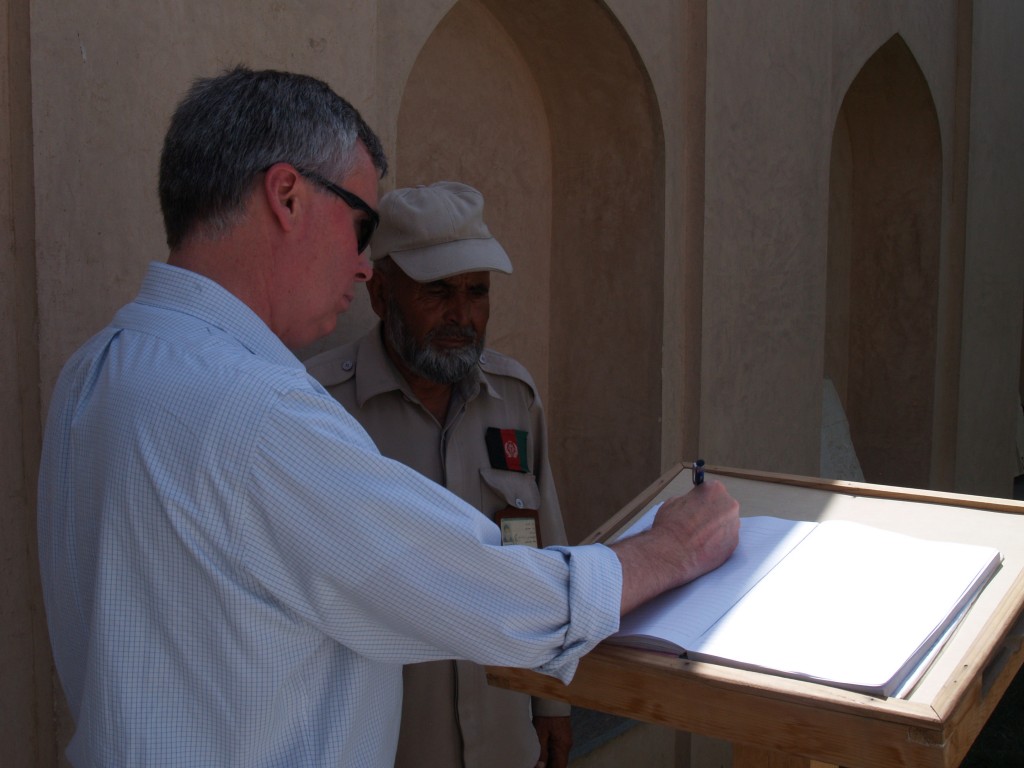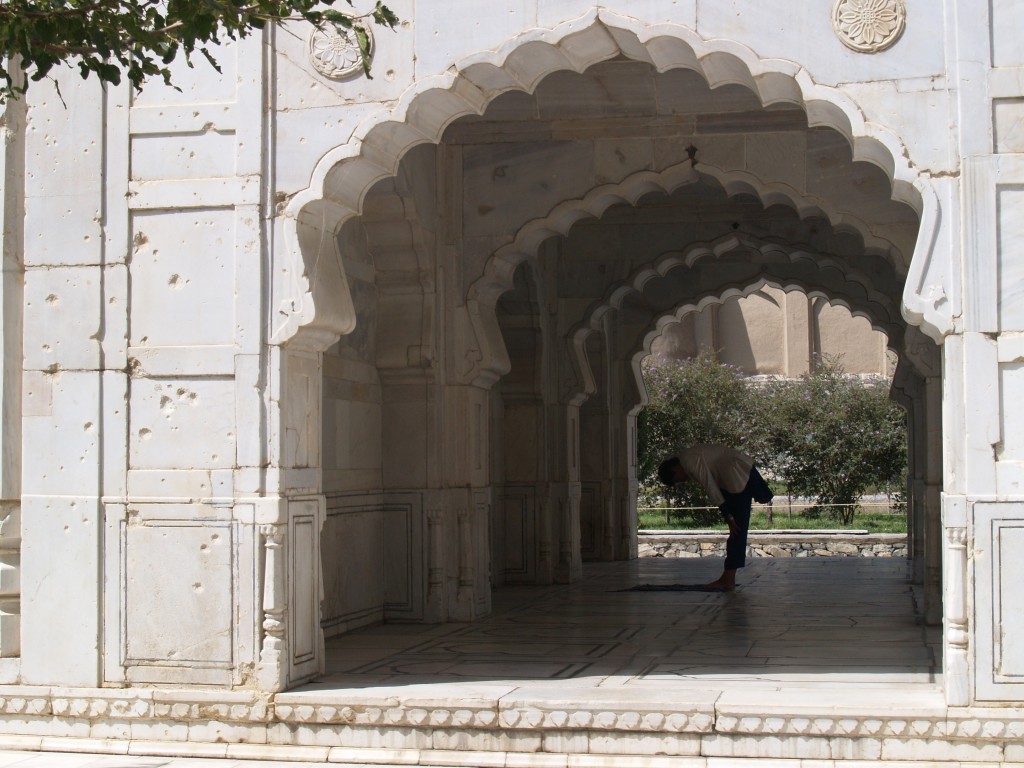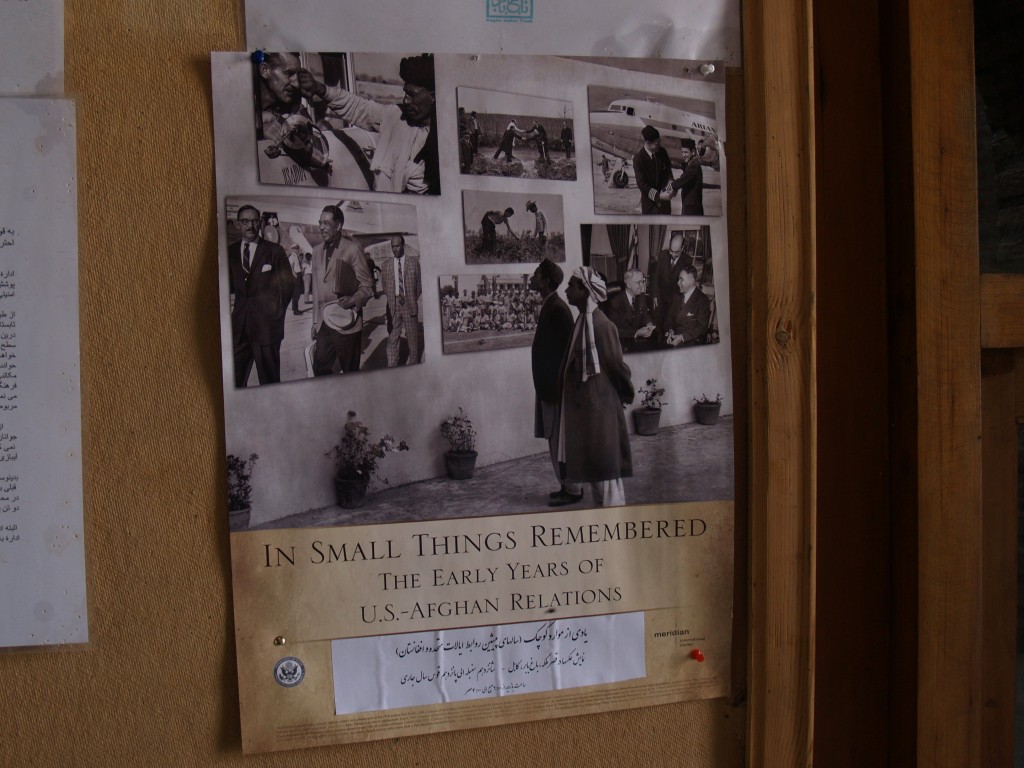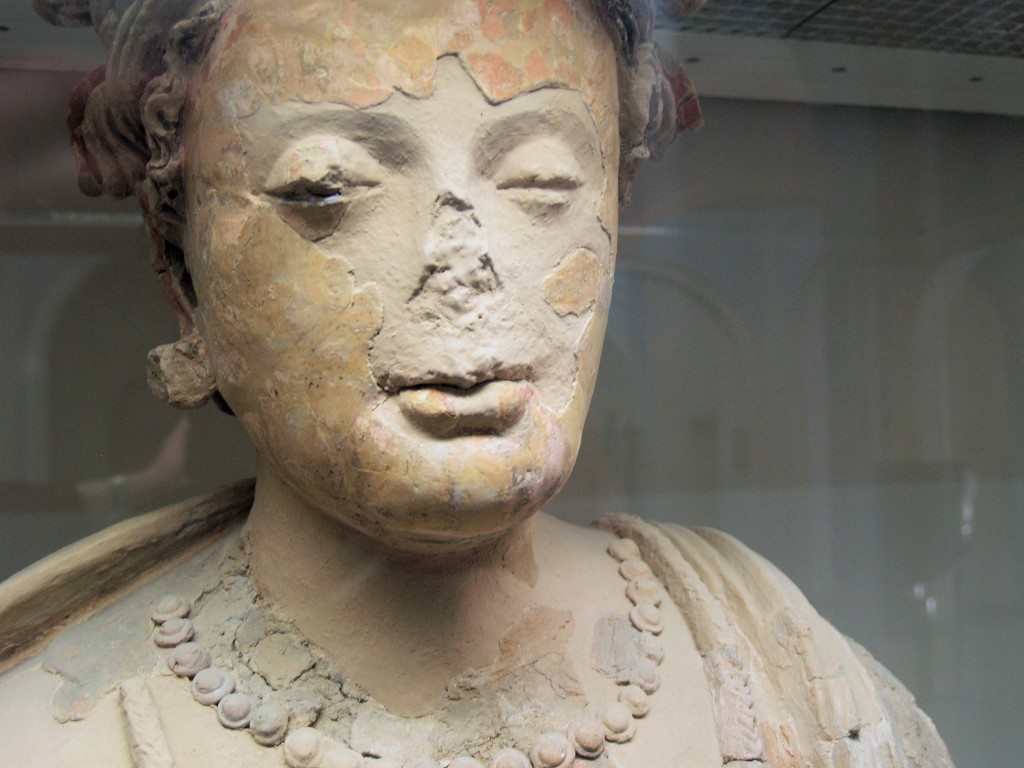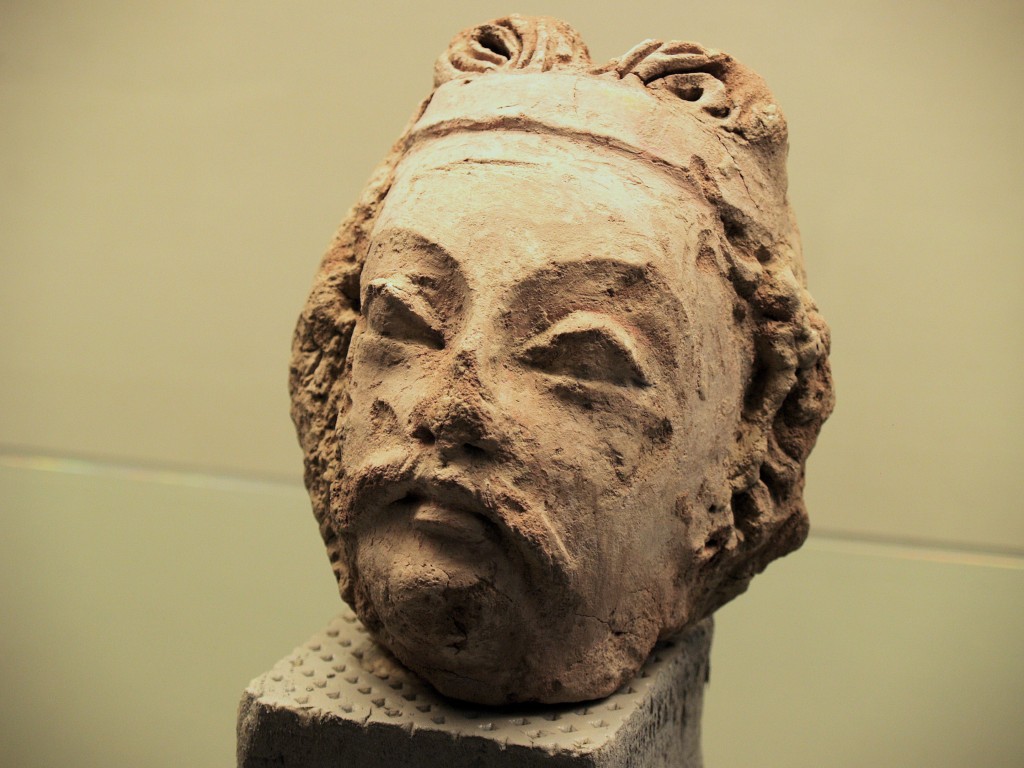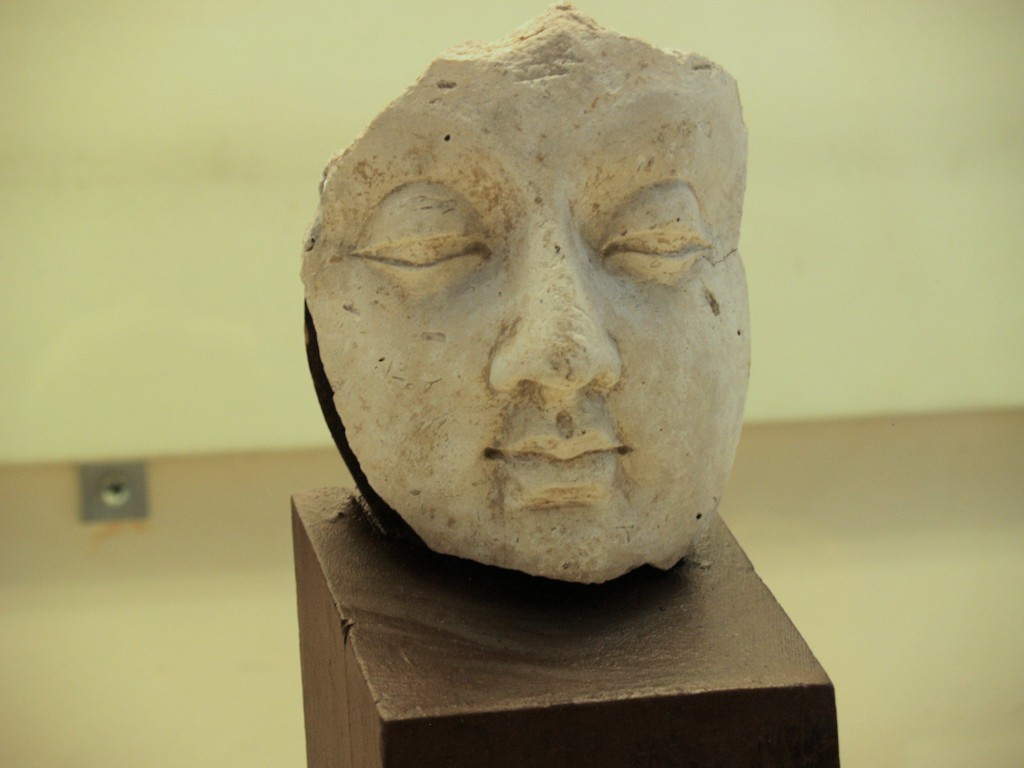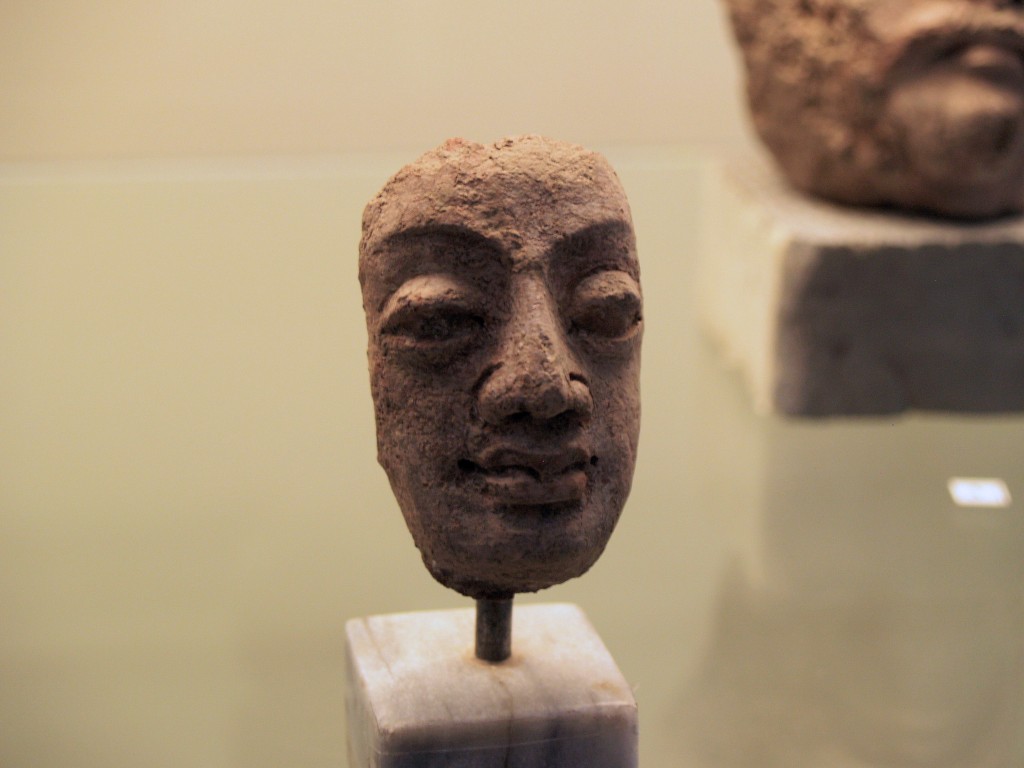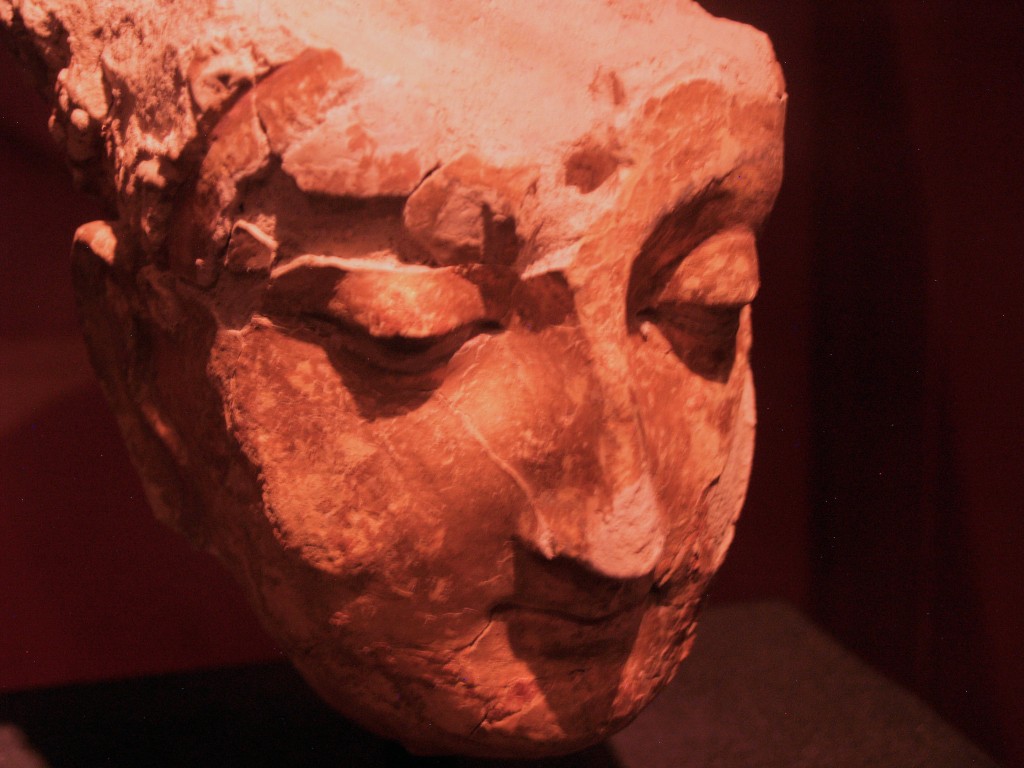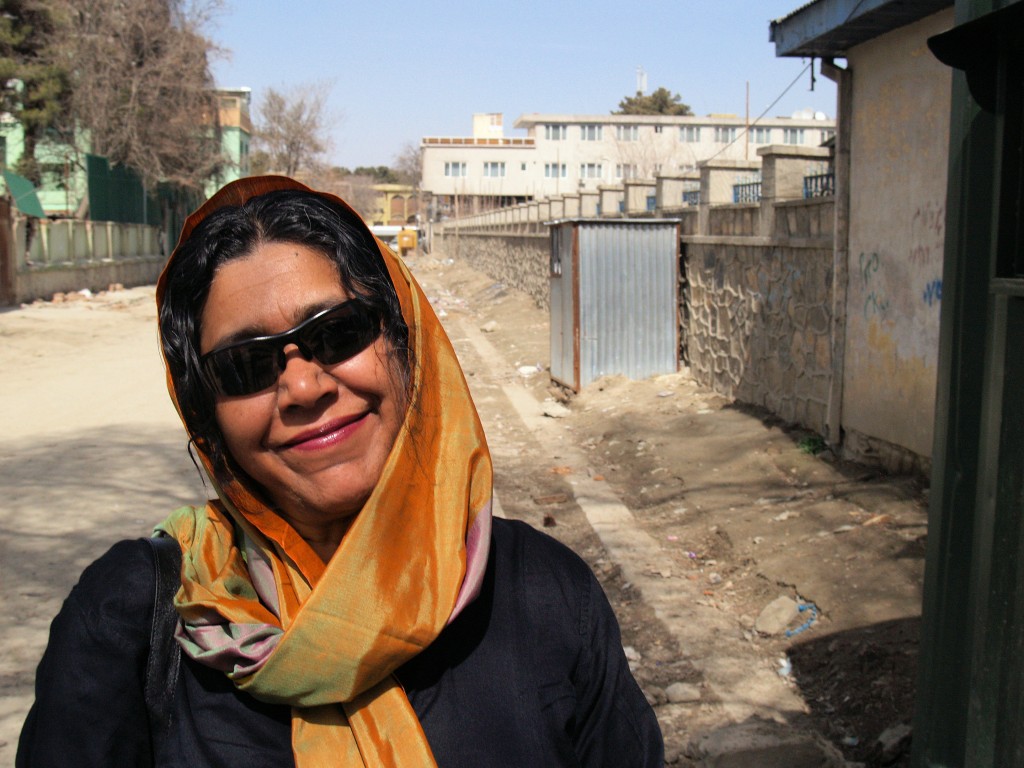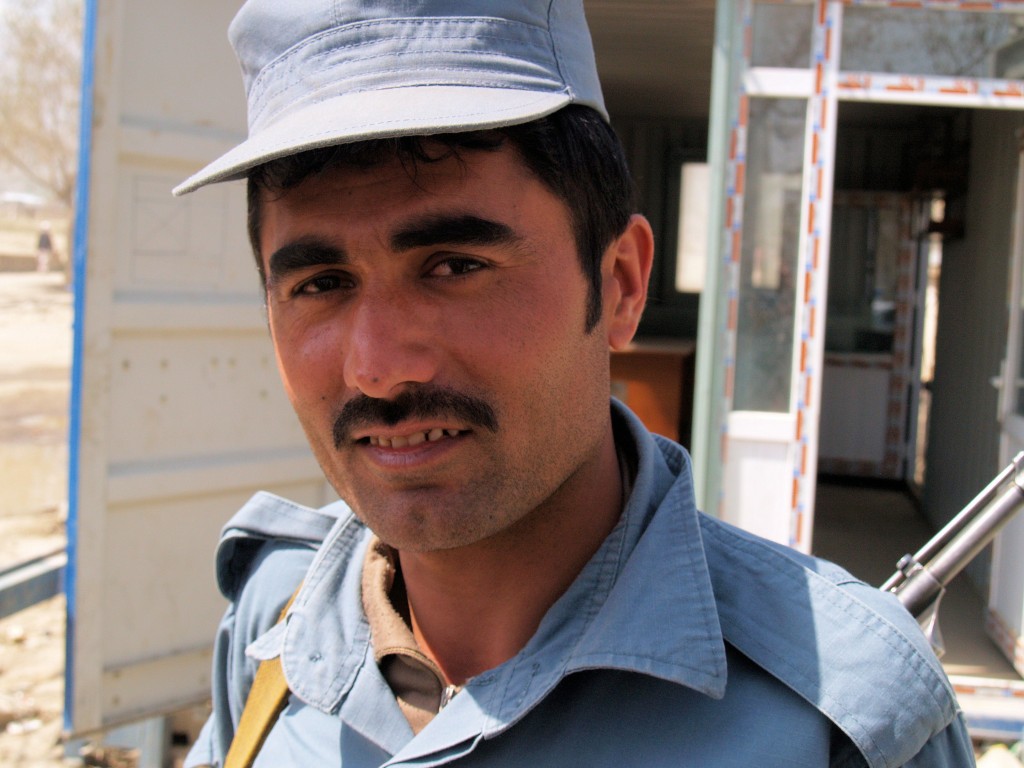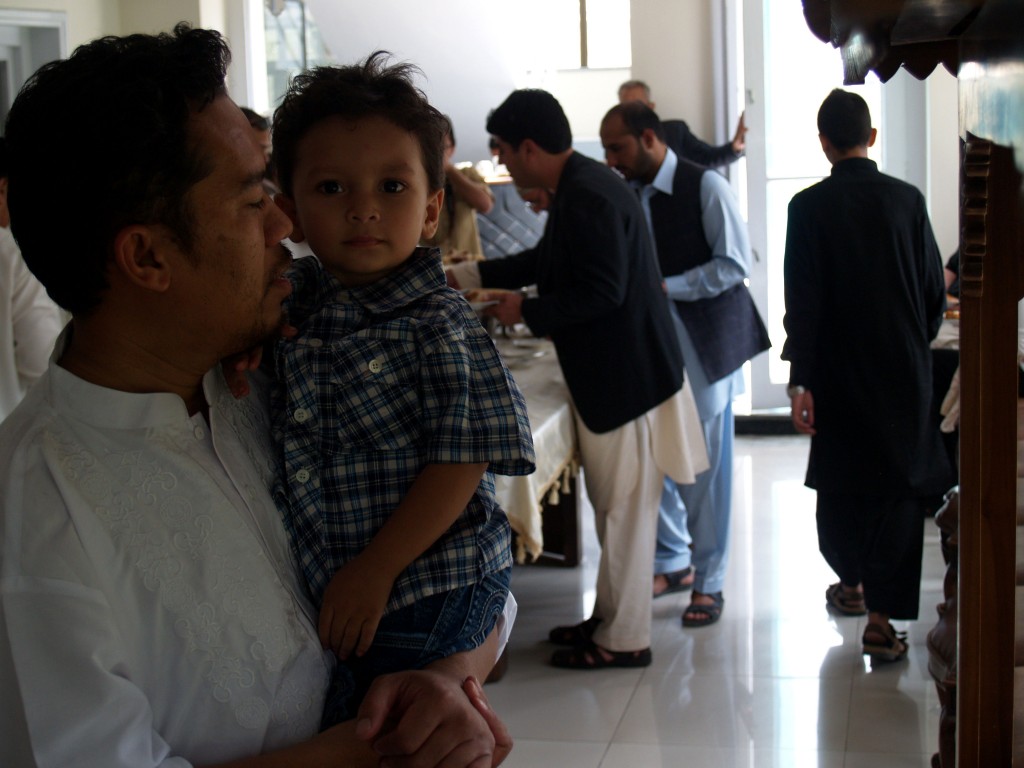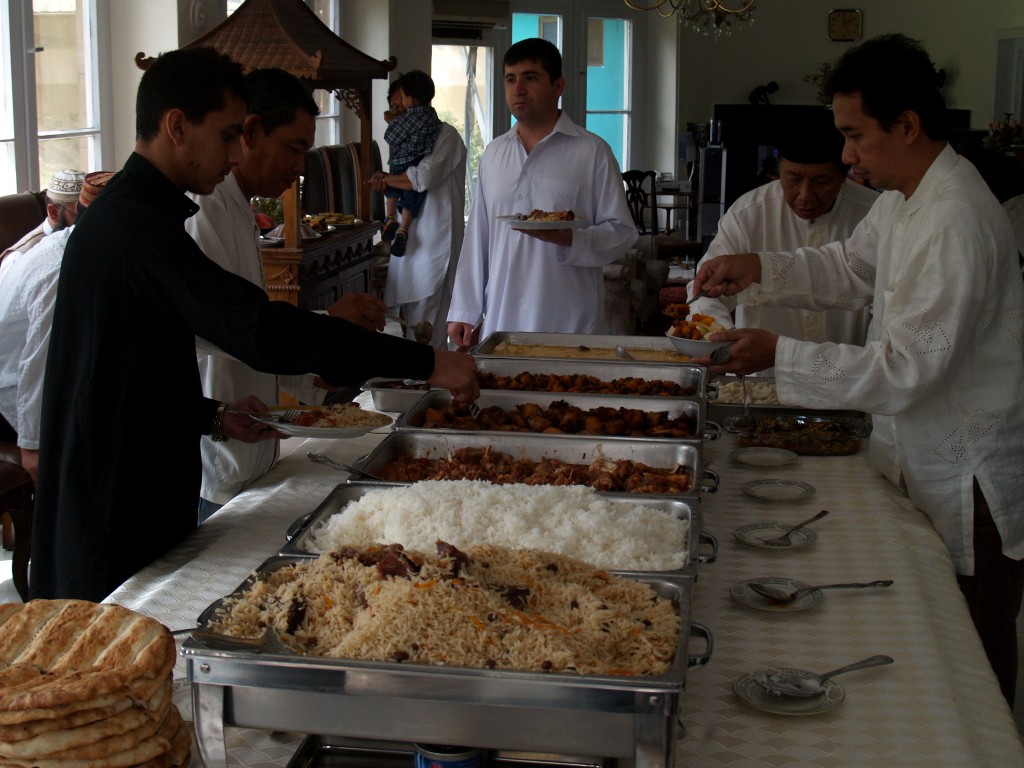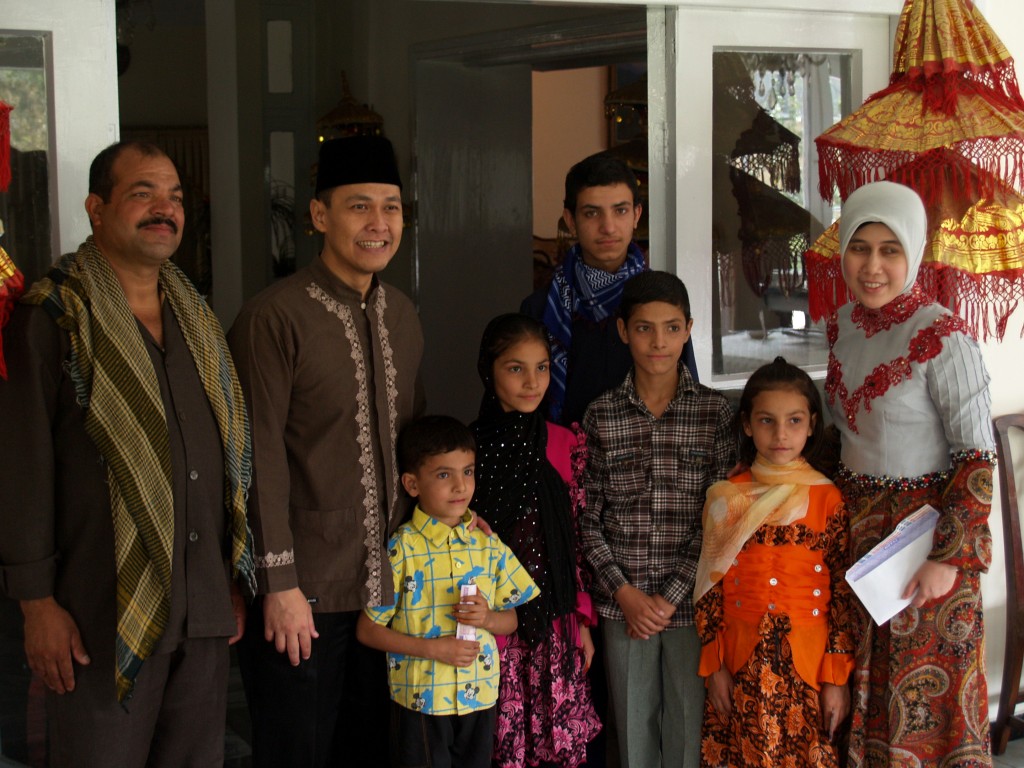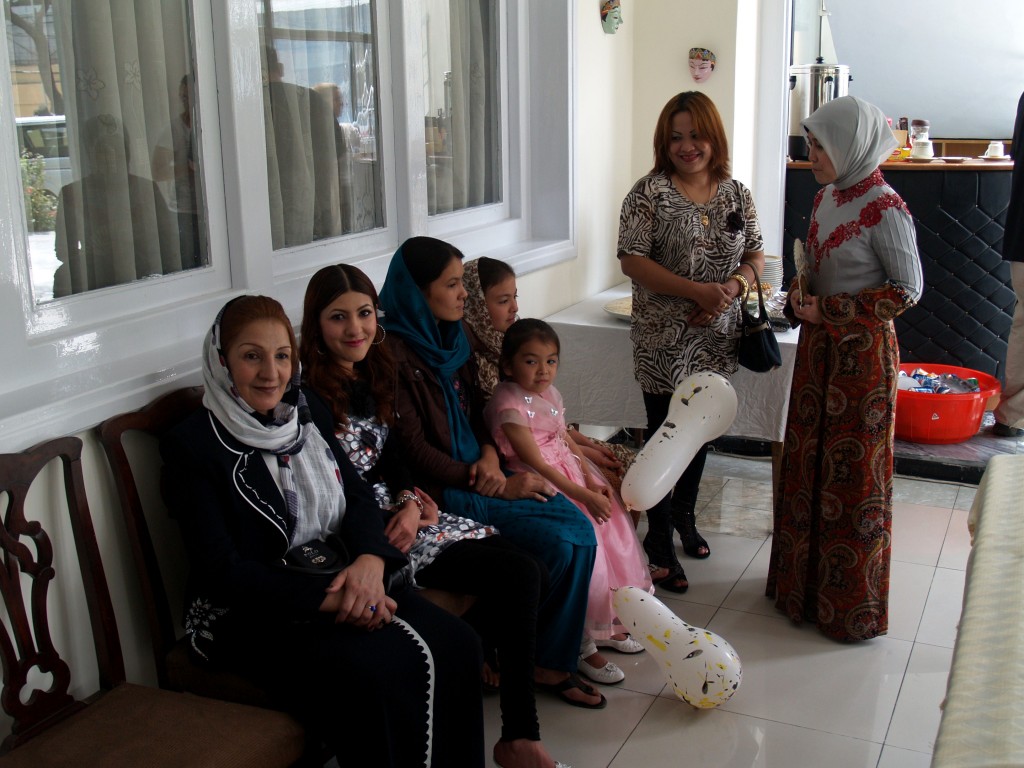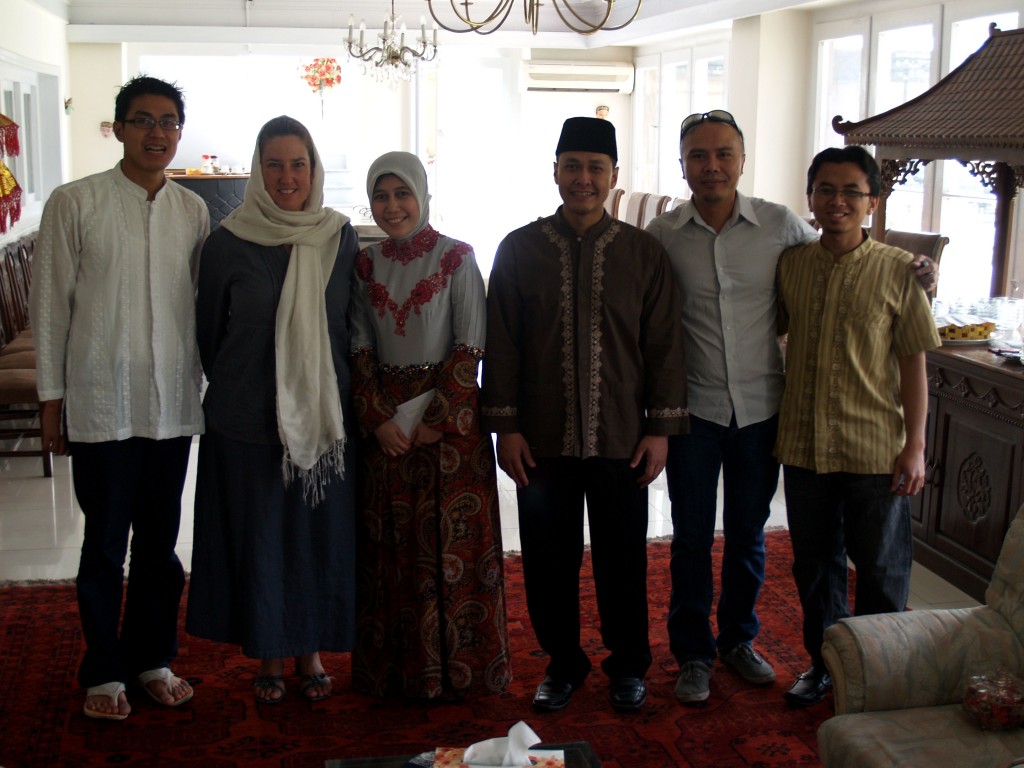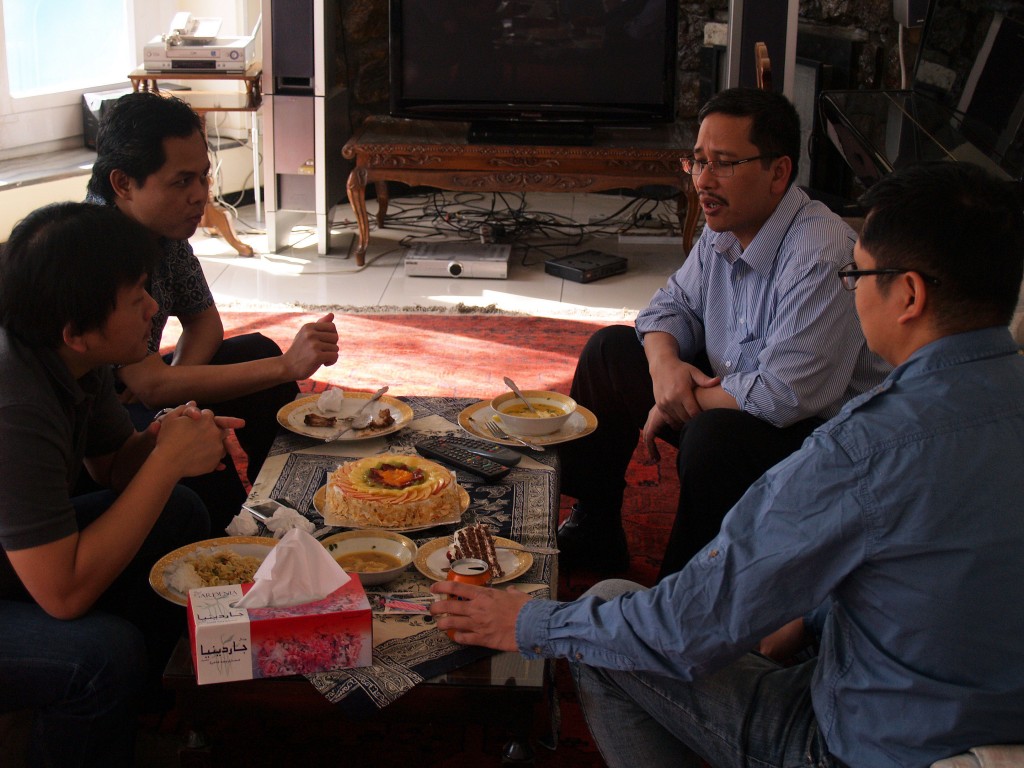Radio Yawali Ghag is an independent FM radio station in the Sayed Abad district of Maidan Wardak province in the northeast of Afghanistan. Constructed with assistance from Internews Network and USAID funding in 2004, it was the first significant independent media voice in this district which is shielded by terrain from signals from stations serving the capital in Kabul. The impact of newspapers and other publications is insignificant in this area.
Radio Yawali Ghag became the district’s prime source for local news and information. By its satellite connection to Salam Watandar it carried national news as well, from reporters in the capital and from the assembled reports of other independent stations who were also affiliated with this national network. To itself, the station brought the violent reaction of the Taliban who resisted the affect of this new source of information to the community. As I was departing my position with Internews in 2012, the station was undergoing the second reconstruction following Taliban attacks. Clearly, Radio Yawali Ghag was a voice fostering change.
I was delighted to have the opportunity to rewrite part of the ongoing story of Radio Yawali Ghag for publication in the blog of Glifos Comunicaciones AC. Glifos Comunicaciones is an NGO founded last year which is involved with media for social change. Its founder, Elva Narcia, is a journalist who brings fifteen years of experience with the BBC World Service and four years with Internews Network to he perspective of media fostered change. She was working with Salam Watandar and organizing training for Afghan journalists at the time the events described were taking place.
Elva Narcía
https://twitter.com/elvanarcia
Nuestro bloguero invitado de hoy es el ingeniero estadounidense Mark Timpany, colega y amigo a quien conocí en Afganistán en 2012. Mark estuvo a cargo de proveer asesoría técnica a 50 estaciones de radio que forman parte de la red de emisoras de Salam Watandar.
Publico integro y en el idioma original el texto de Mark. En resumen, y para quienes no leen inglés, el texto cuenta la historia de Radio Yawali Ghag, una estación que transmite en el Distrito de Sayed Abad, Wardak, una de las provincias afganas con fuerte presencia del Talibán.
Radio Yawali Ghag llevó por primera vez a esa provincia, noticias locales con estándares internacionales de periodismo objetivo y plural. La emisora fue construida en julio de 2004 y desde entonces ha sido atacada tres veces por el Talibán.
El primer ataque ocurrió tres años después de haber iniciado operaciones. Un grupo de 100 insurgentes prendió fuego a la emisora y el equipo fue destruido en su totalidad. El segundo ataque fue con un coche bomba y el tercero, aunque no fue dirigido a ellos, también dañó las instalaciones.
La estación fue construida y reconstruida por INTERNEWS, un organismo no gubernamental especializado en desarrollo de medios. Agradecemos a Mark Timpany su amabilidad por compartir con Glifos Comunicaciones A.C. este texto.
The Many Lives of Radio Yawali Ghag
Construction and Reconstruction of Independent Radio in Afghanistan
Generation of positive effects is one measure of success for NGO projects. Sustainability is another. Typically these qualities are difficult to evaluate. Because so many other variables are in play it might be years before the worth of a project can be properly assessed.
Radio Yawali Ghag is an FM station serving the Sayed Abad district in Maidan Wardak province in Afghanistan. Internews, an NGO whose media infrastructure work in Afghanistan is largely funded by USAID, did the original construction of the station in July 2004. The impact of the station on the community is shown by the necessary to rebuild the station three times in its ten year history following insurgent attacks meant to silence this independent radio station. Radio Yawali Ghag is truly the Phoenix of Afghan independent media. It is still too early to tell whether the station operation will be sustainable. It is clearly a significant target of anti-democratic forces in Afghanistan.
The station’s studios and FM transmitter were first located at a hillside location that gave them easy line of sight coverage to their audience in the valley. The northern section of Wardak can receive some FM signals from neighboring Kabul but Radio Yawali Ghag is the only local station serving the Sayed Abad district. A staff of four and a dozen volunteers managed to create the first independent media outlet serving a population located less than 150 kilometers from the nation’s capital.
Radio Yawali Ghag gave the Sayed Abad district its first taste of local news and information. It also provided regional and national news from the satellite network of Salam Watandar. Salam Watandar was another Internews founded organization which produces programming in Kabul and also assembles news and public affairs reports from affiliated stations across the whole of Afghanistan. All went smoothly for the new station until the early morning of 17 August 2007 when the station facilities were attacked by Taliban fighters. The night guard at the station was bound and briefly held captive while the station was set afire. All station equipment was destroyed in the attack. The attack ended near dawn as police reinforcements arrived and dispersed an estimated eighty to one-hundred insurgent fighters.
The next site for the station was alongside one of the PRT (Provincial Reconstruction Team) bases in the city. The full time presence of military personnel at the site made them less vulnerable to the type of attack that had destroyed the first facility. Coverage was reduced with their antenna height limited to a thirty meter tower but still enabled independent coverage of events for the district and allowed an on-air forum for discussion of topics important to the community
Radio Yawali Ghag was silenced again on 10 September 2011 when a large vehicle borne bomb was used in an attack on the PRT base. I had been working at Internews for several months when this attack happened and can testify that feelings ran high over the loss of this particularly valuable station in Sayed Abad.
This second rebuilding process was a long one with gaps each step of the way. There was little equipment that survived the blast. Fortunately the tower and antenna made it through in usable condition. The station had an older transmitter that had been stored off site. Some of the studio equipment could be repaired but was not working after the blast. The Salam Watandar satellite antenna had been pressure formed into a new shape. There were no longer any doors or windows in the studio but the shell of the building remained.
The Internews tech team arrived with a car full of equipment to get the station on the air as soon as possible. Satellite receive gear was installed so that the station could broadcast the Pashto programming of Salam Watandar. There was now only limited access to the site so live talk programming was now impossible. Enough equipment was scraped together so the station could air material either off satellite or from programming recorded on CD. The technical part of getting a signal back on air from Radio Yawali Ghag went quickly.
A new facility for the station was something that Internews could do well but funding turned into a lengthy process despite recognition of the value of the station to the community. While funds for rebuilding were being arranged, it was necessary to clear the rubble from the bomb site. The station was provided the loan of a conex to house the studios but the satellite antenna got shifted during the bulldozing operation and local staff could not re-aim it for Salam Watandar. Selection of a new site went through several iterations with one site ready to be granted then withdrawn for political considerations. A document was eventually prepared to grant the station land near the town’s bazaar until such time that security conditions allowed the station to return to its original (2004) site. During the time the site and funding were being pursued, the station came under increasing pressure to move from their PRT location. They were forced to leave the old site after they had arranged a new location but before rebuilding funds were arranged. They were again completely off the air owing to lengthy administrative procedures.
Signatures were affixed to a contract 15 March 2012 that would fund the reconstruction of the station. The studios were going to be done using conexes for the construction to speed the process and to simplify compliance with international building codes. IBC compliance was mandatory because funding was obtained from USAID grants. The studio gear was to be some of the nicest that had been seen in the history of the station. An Audioarts Air 3 console was used in the air studio which allowed the use of StudioHub cabling to greatly speed the installation. The Internews tech team had refined their skills over ten years of constructing and maintaining broadcast facilities in Afghanistan. Ron Hunter, a Professional Engineer who had worked with Internews on several other tower and studio projects, provided his own design for a 20 meter self supporting tower that could be erected in the limited space available. An RFP was issued about a week after the funding was assured. The responses were evaluated about two weeks after that and the work began.
The next stalling of the work was again from the administrative side. As with any USAID funded construction, there are a number of requirements mandated by federal codes. Ron Hunter was our savior here because of his familiarity with these codes and regulations. He had mentored people in the USAID OIEE section now responsible for reviewing his submissions. Unhappily, it is also possible for USAID to impose additional requirements outside the federal code. That was the case with their requirement that the engineering documents be stamped and signed by a US PE. No insurer will underwrite the liability of a PE stamp for construction in Afghanistan. This was the issue that almost saw the project scrubbed. Resolution of this single item finally happened but allowed less than two months to complete all the work prior to the contract end date. This was after negotiations that provided a five week extension for the work. No more time could be allotted because the funding agency (DAI) was itself closing out the work in this region.
The happy conclusion of the second reconstruction is that the work proceeded to a successful finish on 7 July 2012. Radio Yawali Ghag again had full facilities to provide independent programming for this Pashto speaking district in the east of Afghanistan. Training was provided for the station manager by Internews’ tech team at the conclusion of construction. Station staff were unable to attend because of security concerns. Internews team members returned to provide additional training as the station resumed a normal schedule.
The unfortunate epilog to this story is the effect of another nearby bomb blast on 1 September 2012. This time the radio station was not the primary target but this bomb was another large one. The attack followed the same scenario as the 2011 attack at the PRT base. A single suicide bomber began the attack and blew himself up to serve as a distraction from the movement of a truck loaded with explosives to the target of the attack. The station had managed nearly two months of broadcasting before it was removed from the air for the third time. Damage to the station was less in this last attack and a lot of the station equipment was thought to be repairable. The tower and the conex building frame remained intact. The Internews’ Technical Department Manager estimated that the station could be back on the air in a few weeks time.
The positive effect of the operation of Radio Yawali Ghag has been significant. One can judge by the efforts expended in multiple Taliban attacks to silence the station. Sustainability is a different matter. The station has remained viable through periods when it has been forced on the air because of the dedication of a small number of staff and volunteers. It has attracted sufficient income for fuel for the generator and a minimal operating budget but it could not have been rebuilt three times without outside assistance. The next ten years which will see the drawdown of international security forces from Afghanistan will show whether this southern district of Wardak province will continue to have its sole independent media voice.
Mark Timpany, CPBE, worked at Internews in Kabul through May of 2012. He left to work with a national network of stations providing news and information programming under NATO funding. He is currently back with family in Arizona.
– – – – –
If the media and their social effects are topics of interest to you, the Glifos Comunicaciones blog is worth your time;
El blog de Glifos
The home page of Glifos Comunicaciones is found here;
Glifos Comunicaciones’ página principal




